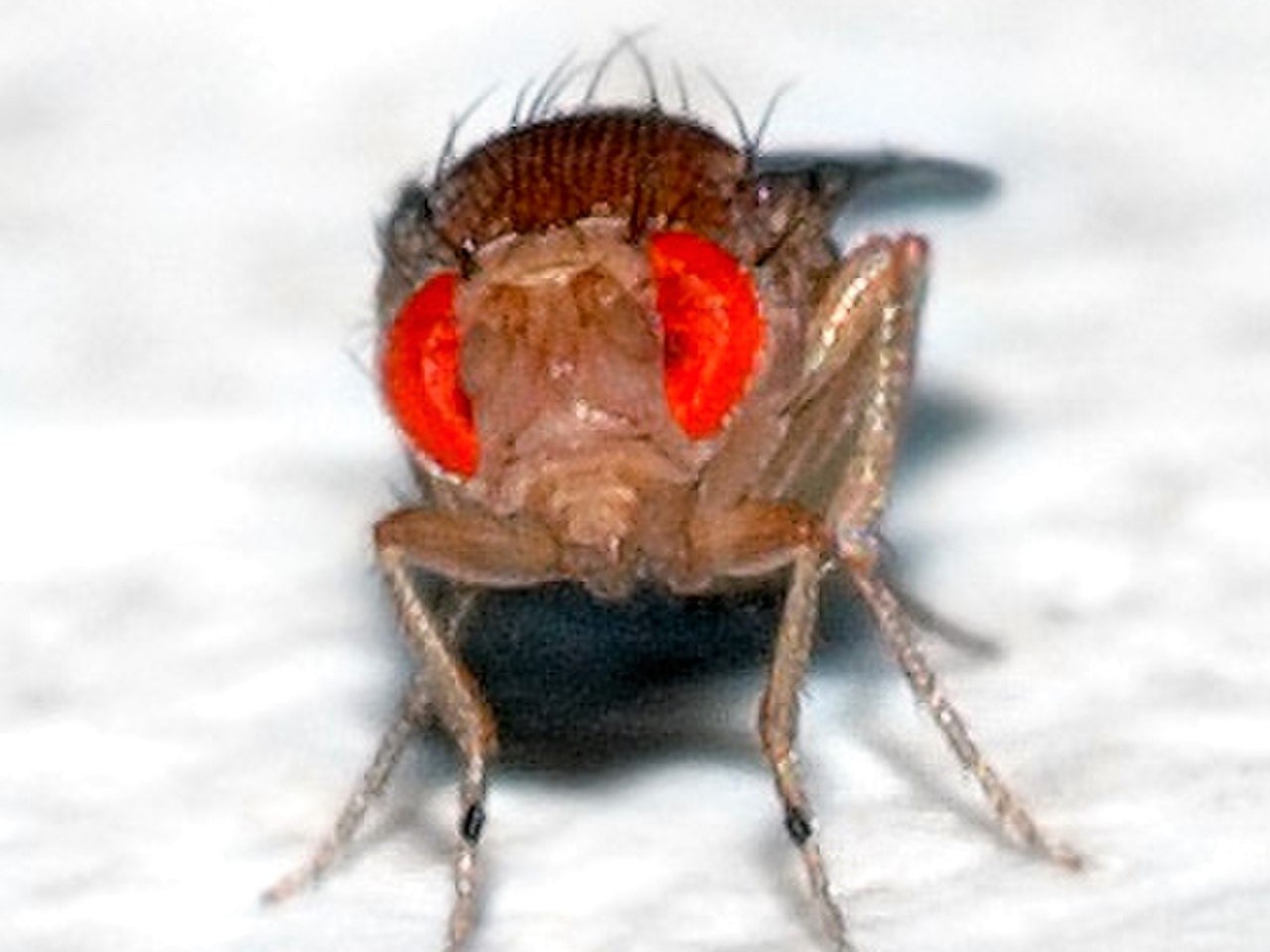Scientists create remote-controlled flies by hacking their brains
Breakthrough represents the ‘holy grail’ of neurotechnologies

Your support helps us to tell the story
From reproductive rights to climate change to Big Tech, The Independent is on the ground when the story is developing. Whether it's investigating the financials of Elon Musk's pro-Trump PAC or producing our latest documentary, 'The A Word', which shines a light on the American women fighting for reproductive rights, we know how important it is to parse out the facts from the messaging.
At such a critical moment in US history, we need reporters on the ground. Your donation allows us to keep sending journalists to speak to both sides of the story.
The Independent is trusted by Americans across the entire political spectrum. And unlike many other quality news outlets, we choose not to lock Americans out of our reporting and analysis with paywalls. We believe quality journalism should be available to everyone, paid for by those who can afford it.
Your support makes all the difference.Scientists have figured out how to hack the brains of fruit flies in order to control them wirelessly.
A team of neuroengineers led by Rice University were able to use magnetic signals to activate targeted neurons that control the body position and movement of the flies.
The remote-controlled insects represent the “holy grail” of neurotechnologies, according to Rice University’s Jacob Robinson, as the science could be used in everything from treating diseases, to developing brain-machine interfaces.
To achieve the feat, the research team brought together experts in genetic engineering, nanotechnology and electrical engineering. They began by genetically engineering the flies to express a certain heat-sensitive ion channel in their neurons.
By injecting iron oxide nanoparticles into their brains to act as a heat trigger, the researchers were able to use a magnetic field to heat up the particles and activate the neuron.
The specific neuron they chose was one that caused the insects to spread their wings, which is a common mating gesture.
A demonstration of the technique, published in the scientific journal Nature Materials, showed that it was able to activate neural circuits 50 times faster than any previous technology.
“To study the brain or to treat neurological disorders, the scientific community is searching for tools that are both incredibly precise, but also minimally invasive,” said Robinson, an associate professor in electrical and computer engineering at Rice University and one of the study’s authors.
“Remote control of select neural circuits with magnetic fields is somewhat of a holy grail for neurotechnologies. Our work takes an important step towards that goal because it increases the speed of remote magnetic control, making it closer to the natural speed of the brain.”

Join our commenting forum
Join thought-provoking conversations, follow other Independent readers and see their replies
Comments